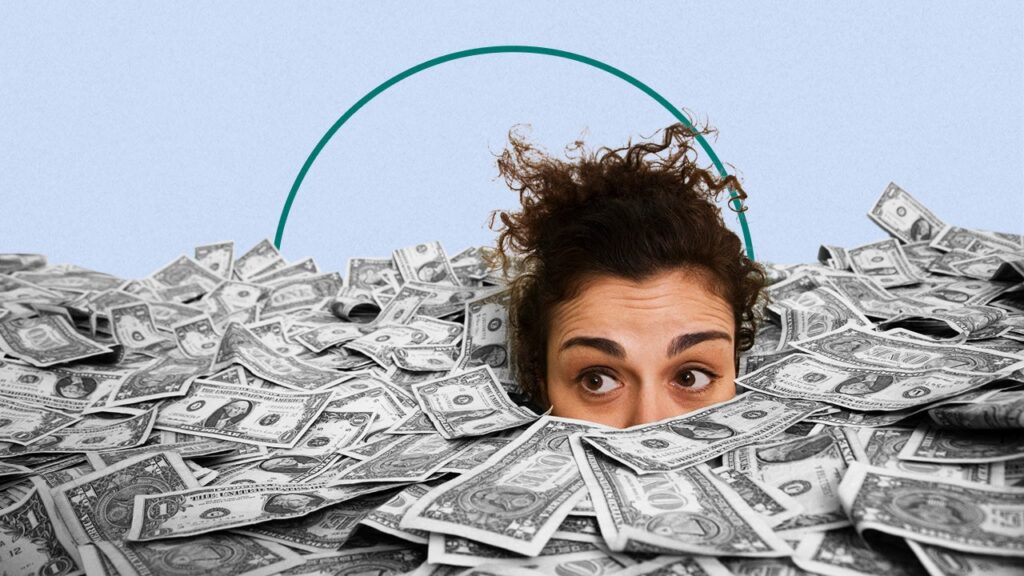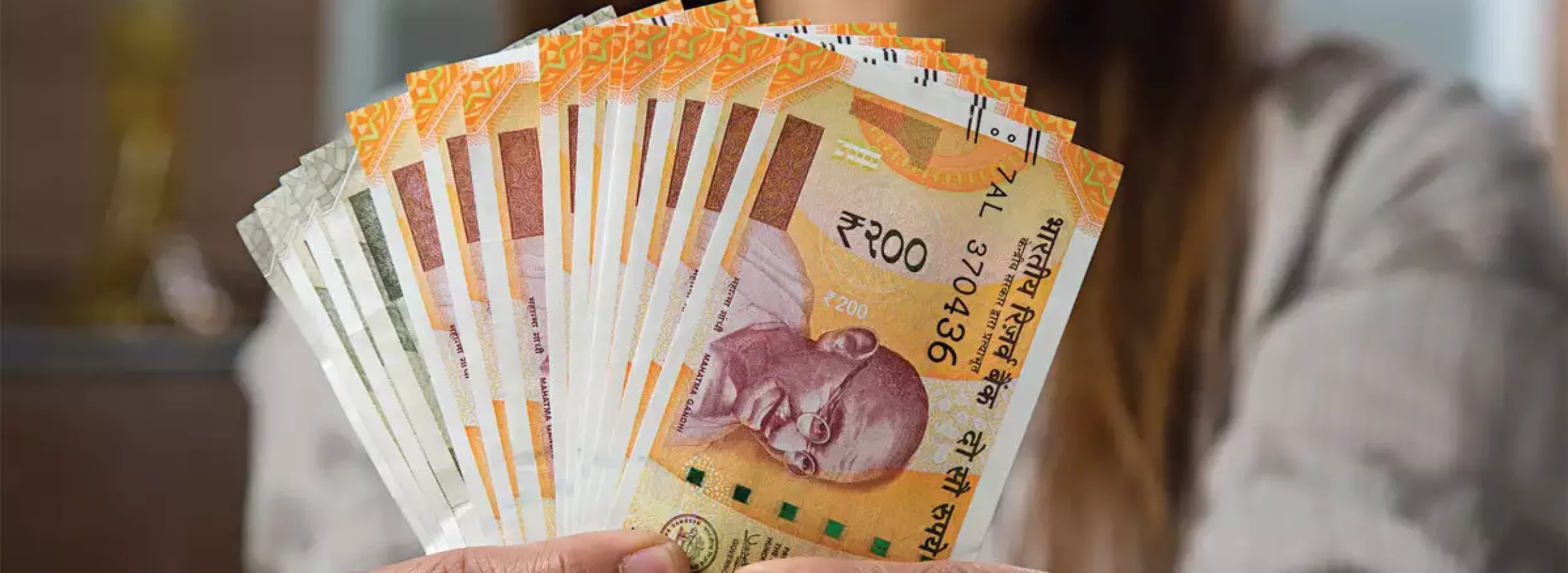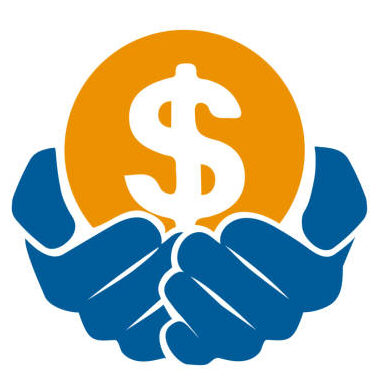
Debt is one of the largest burdens on your pocket. However, a structured plan and disciplined approach can help regain control over finances to pursue debt freedom. Step-by-Step Way to Get Out of Debt
Step 2: Assess Your Debt
- Create a complete list of your debts: this may include credit cards, personal loans, student loans, and other outstanding mortgages, and their outstanding balances. In addition to this, take note of the creditor, outstanding balance, interest rate, and minimum monthly payment. 2. Sum Total: Calculate how much you owe. This is one way in which you get to know exactly how you stand and can go ahead to devise your strategy in repayment.
- Calculate how much you owe. This is one way in which you get to know exactly how you stand and can go ahead to devise your strategy in repayment.
Step 2: Budget
- Track Your Expenses: Track your spending for a month to understand where your money is going. Categorize your expenses into essentials (e.g., rent, utilities, groceries) and non-essentials (e.g., dining out, entertainment).
- Create a Budget: Based on your tracked expenses, create a realistic budget that allocates a portion of your income toward debt repayment. Ensure that your budget accounts for all necessary expenses while cutting back on non-essentials to free up more funds for debt repayment.
Step 3: Select a Debt Repayment Strategy
- Debt Snowball Method: This method involves paying off your smallest debts first while making minimum payments on larger debts. Once the smallest debt is paid off, move on to the next smallest debt. This method will make you feel like you’re winning because you’ll see debt getting paid off.
- Debt Avalanche Method: Here, you will be paying the most interest debt first and the rest with the minimum payments on low-interest debt. This saves money in interest paid over time and helps to get rid of debt faster.
Step 4: Negotiate with Creditors
- Lower Interest Rates: You should contact your creditors to try and negotiate a lower interest rate. A lower interest rate can help reduce your monthly payments and the total amount of interest you pay over time.
- Debt Settlement: In some cases, creditors will settle your debt for a lump-sum payment that is less than the total amount owed. Debt settlement should be approached with caution because it will negatively affect your credit score.
Step 5: Increase Your Income
- Side Hustles: You can opt for a part-time job or freelance work to earn extra money. The money earned can be used to speed up the process of paying off your debts.
- Sell Unused Items: Declutter your home and sell items you no longer need. Platforms like eBay, Craigslist, and Facebook Marketplace make it easy to turn unused items into cash.
Step 6: Automate Payments
Set up an automatic payment schedule to ensure payments are made punctually every month. This allows you to sidestep paying extra for the privilege of missing your payment deadlines and keeps you on track.
Step 7: Track Progress
- Track Your Debt: Regularly monitor your debt balances to track your progress. Celebrate small victories along the way to stay motivated.
- Adjust Your Plan: As your financial situation changes, adjust your budget and repayment strategy to stay on course toward debt freedom.
Conclusion
Getting out of debt requires dedication, discipline, and a well-structured plan. Assessing your debt, creating a budget, choosing a repayment strategy, negotiating with creditors, increasing your income, automating payments, and monitoring your progress will help you take control of your finances and achieve your goal of becoming debt-free. Remember, the journey to financial freedom is a marathon, not a sprint—stay committed, and you’ll reach the finish line. if you want to read 5 High-Yield Savings Accounts That Will Help You Grow Your Money

